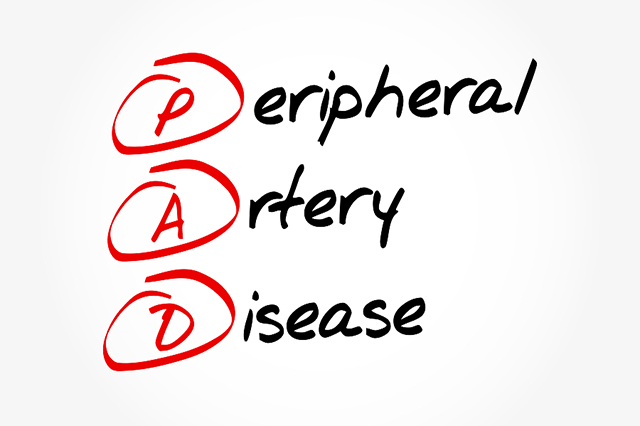
Venn PCN provides an Ankle Brachial Bressure Index (ABPI) test service across the PCN. To arrange an appointment, please contact your GP practice.
Working Together

Bransholme Surgery
Bransholme Health Centre
Goodhart Road
Hull
HU7 4DW
Southcoates Surgery
225 Newbridge Road
HULL
HU9 2LR
Field View Surgery
840 Beverley Road
Hull
HU6 7HP
The Orchard Centre
210 Orchard Road
HULL
HU6 9BX
Elliott Chappell Health Centre
215 Hessle Road
HULL
HU3 4BB
The Quays
2nd Floor
Wilberforce Health Centre
6-10 Story Street
HULL
HU1 3SA
Riverside Medical Centre
The Octagon
Walker Street
HULL
HU3 2RA
East Park Practice
2nd Floor
Wilberforce Health Centre
6-10 Story Street
HULL
HU1 3SA
Symptoms of Peripheral Artery Disease
Many people with PAD have no symptoms. However, some develop a painful ache in their legs when they walk, which usually disappears after a few minutes' rest. The medical term for this is "intermittent claudication". The pain can range from mild to severe, and usually goes away after a few minutes when you rest your legs.
Both legs are often affected at the same time, although the pain may be worse in 1 leg. Other symptoms of PAD can include:
Peripheral arterial disease (PAD) is a common condition where a build up of fatty deposits in the arteries restricts blood supply to the leg muscles. It is also known as peripheral vascular disease (PVD).
The symptoms of PAD often develop slowly, over time. If your symptoms develop quickly, or get suddenly worse, it could be a sign of a serious problem requiring immediate treatment.
An ankle brachial pressure index (ABPI) test is a painless test which compares the blood flow in your ankle with the blood flow in your arm. This allows us to assess the overall blood flow in the arteries to your legs and feet. A small handheld Doppler machine which uses ultrasound is used to determine the blood flow. The test can be used to check for any problems with the arteries in your legs.
While you lie on your back, the GP or practice nurse will measure the blood pressure in your upper arms and ankles using a cuff and a Doppler probe. A Doppler probe uses sound waves to determine the blood flow in your arteries. after your scan, the GP will divide your blood pressure's second results (from your ankles) by the first results (from your arms). If your circulation is healthy, the blood pressure in both parts of your body should be exactly or almost the same. This would make the result of your ABPI 1.
However, if you have PAD, the blood pressure in your ankle will be lower because of a reduction in blood supply. This would make the result of the ABPI less than 1.